Cleaning and caring for baby skin – from head to toe
This post was written by Dr. Pleimes, a specialist in pediatrics, dermatology and allergology
Click here to read further information about Dr. Pleimes.
Baby skin is much more sensitive and demanding than that of an adult, so there is a lot to consider when cleaning and caring for your baby’s skin. In the following article you will learn which care products are suitable for your baby, how to clean the navel and other areas of your baby’s body and what you need to consider for baby’s first bath.
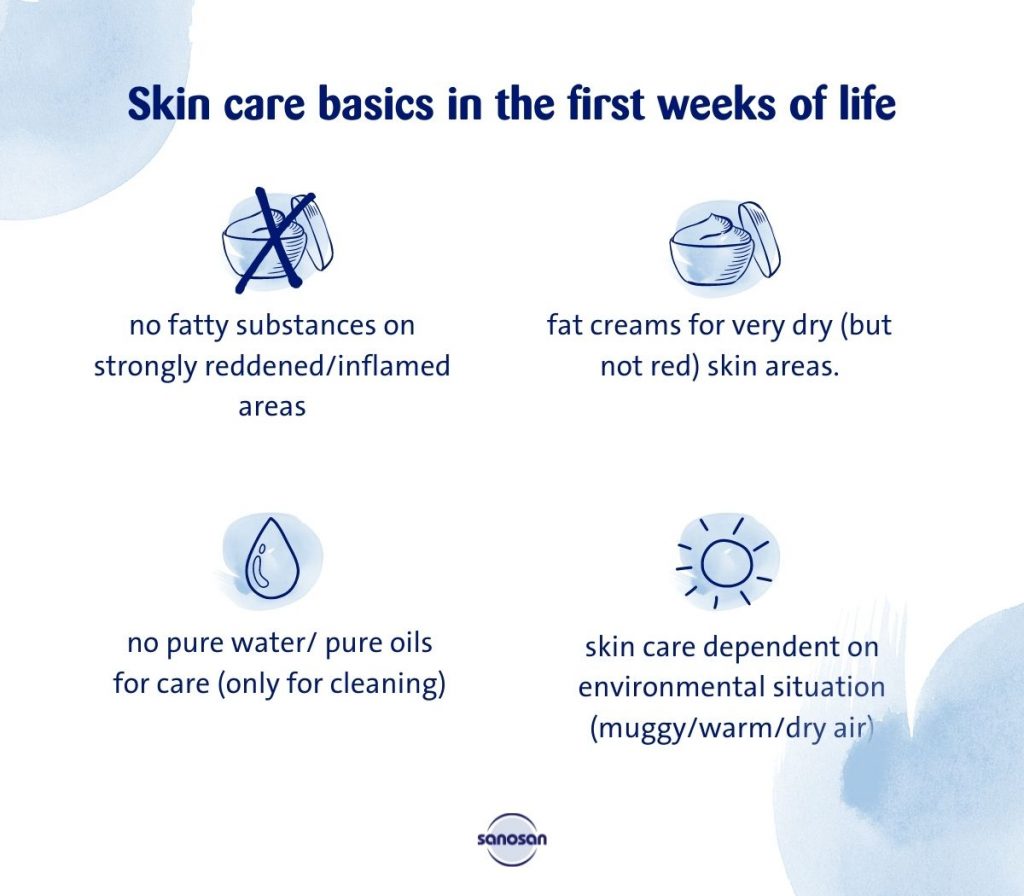
Your baby’s skin in the first weeks of life
When your baby is born, his skin is still increasingly sensitive. Because the epidermis is thinner and not yet as stable, moisture disappears more quickly from the deeper layers of the skin. The baby’s skin dries out more quickly. This is especially increased in winter, when the ambient air is drier. Also, the upper and lower skin layers are not yet as well interlocked as this is the case with older children. Stronger rubbing against the skin can therefore lead to injuries more quickly. In the last third of pregnancy, sebum production is increasingly stimulated, which continues for some time after birth. This, as well as the cheese layer that is present at birth, will probably protect your baby a little from drying out too quickly in the beginning. However, the skin tends to develop more pimples in the beginning. Shortly before birth, the soon-to-be newborn is still in a sterile environment and is colonized with various germs during the birth process. This is quite normal and not dangerous. However, it also causes pimples to form on the skin of some children.
If you want to learn more about skin changes in the first months of life read this article.
Fundamentals in the care of baby’s skin
Very greasy creams or oils as care on the skin can worsen skin changes, such as newborn acne, in the first 2 months. Skin care must therefore always be adapted to the current situation. As a general rule, it can be assumed that in the first weeks of life (first 1 to 2 months of life), less oily care products (with a higher water content) are usually more suitable, and then in the further course of life, it is possible to switch to more oily substances.
Some important rules in skin care are for the pediatric dermatologist:
- Very oily substances should not be applied to severely inflamed / very red areas,
- very dry non-red areas tolerate fatty creams but especially well.
- Pure water or pure oils should only be used for cleansing, but not for skin care. Oils as skin care can even have a drying effect or at best maintain the current dryness level, but do not improve dry skin. Like a cream, our skin protection film consists of fats and watery components.
- Care is also always dependent on the environmental situation: in summer, when temperatures are warm and humid, the skin needs significantly less oil than it does in the dry winter air.
The skin of very prematurely born children has different characteristics depending on the week of pregnancy in which they are born. Especially in the first weeks of life, the skin of a premature child may need to be treated differently than described here. This should always be discussed with the specialists caring for your child.
When children are born around the due date, the skin is usually covered with the cheese layer at birth. This does not need to be removed, but the child should be carefully cleansed of blood components, amniotic fluid, and excess cheesy goo with clean cloths. Babies do not need to be bathed initially until the umbilicus is formed/the remnant of the umbilical cord has fallen off. In the case of soiling in skin folds or irritation, a soft cloth or sponge can be used for careful cleaning with water, if necessary with the addition of a skin cleanser suitable for sensitive skin. If there are strong impurities, adhering components, these can also be dissolved with a baby oil and wiped off.
The development of the navel
After weaning, there is still a small remnant of the umbilical cord at the later belly button, which is usually provided with an umbilical clamp. During the first few days, the umbilical cord remnant becomes darker, dries up and ultimately detaches from the navel. This process usually occurs at the end of the 1st week of life, but may now and then take more than 2 weeks. There may be some secretion at the base of the umbilical cord which can range from translucent yellowish to slightly sticky brownish. A slight odor is also possible. However, the umbilical skin should never be red in the area or the umbilicus should secrete a strong smelling secretion. If this is the case, your midwife and/or pediatrician must evaluate the navel.
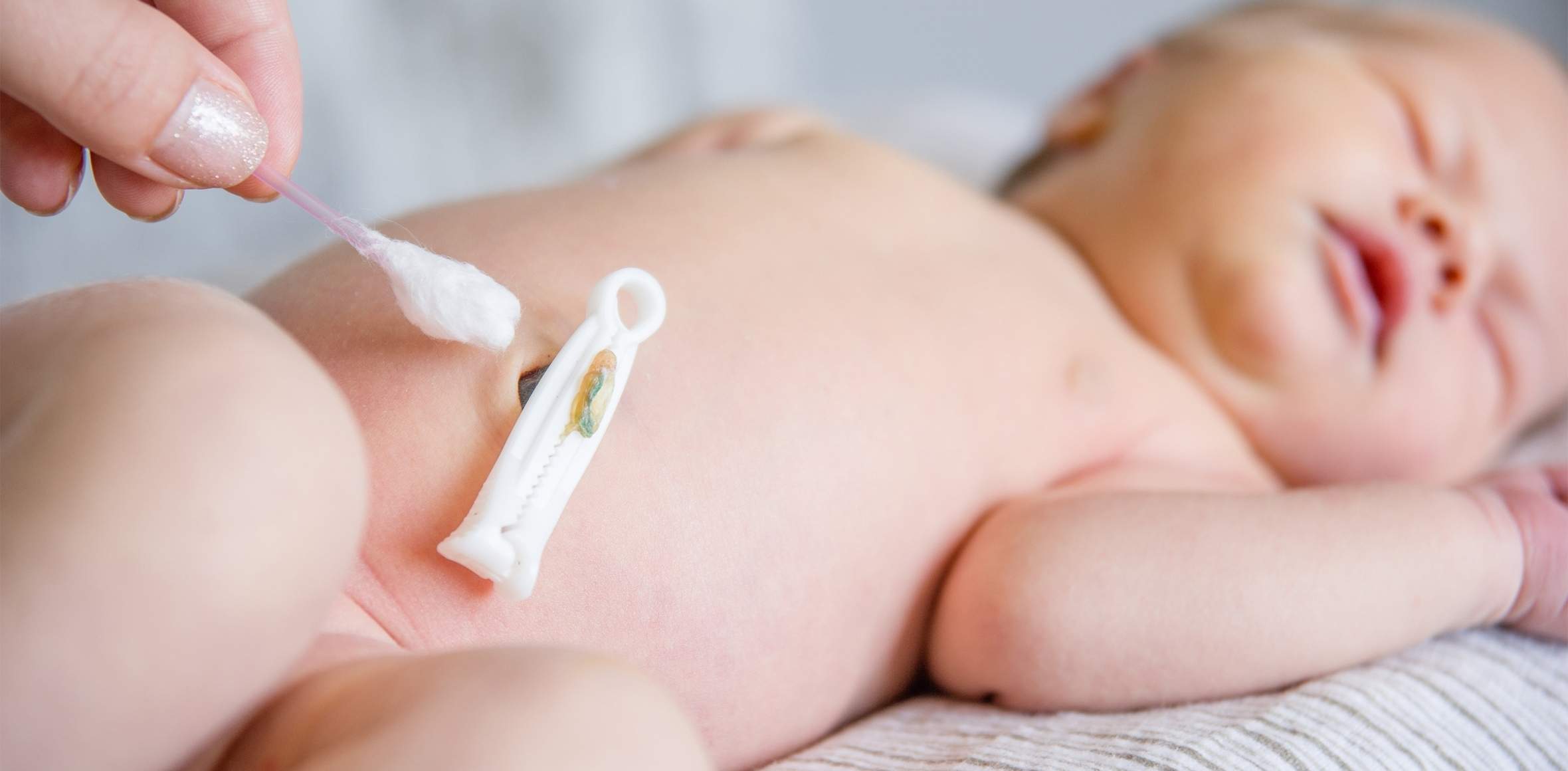
Navel care
Until the umbilical cord has fallen off, the umbilical area should be kept as dry as possible. In Germany, most midwives recommend waiting until the umbilical cord has fallen off before giving the first bath. However, this is not uniform in different cultures, so that in principle a bath is also possible beforehand.
It is recommended to carefully clean the navel once a day or, of course, in case of accidental contamination:
- Wash your hands thoroughly beforehand.
- Cleaning can be done with lukewarm (max. 37°C) (preferably previously boiled) water and a soaked clean compress.
- The navel can then be carefully patted dry.
- A gauze compress can be slid under the umbilical cord remnant, with the clamp if present, so that the underlying skin remains protected.
- Diapers should always be put on so that the cuff ends below the navel and does not include it.
- Never try to remove the umbilical cord remnant prematurely by pulling!
- After the umbilical cord has fallen off by itself, the resulting umbilicus, which still has a small wound, should continue to be kept clean and dry.
Baby’s first bath – what you need to consider
When the umbilical cord has fallen off, the first bath can be given. Usually recommended here a bath with water and at most with a particularly mild skin cleanser suitable for infant skin, perform the cleaning.
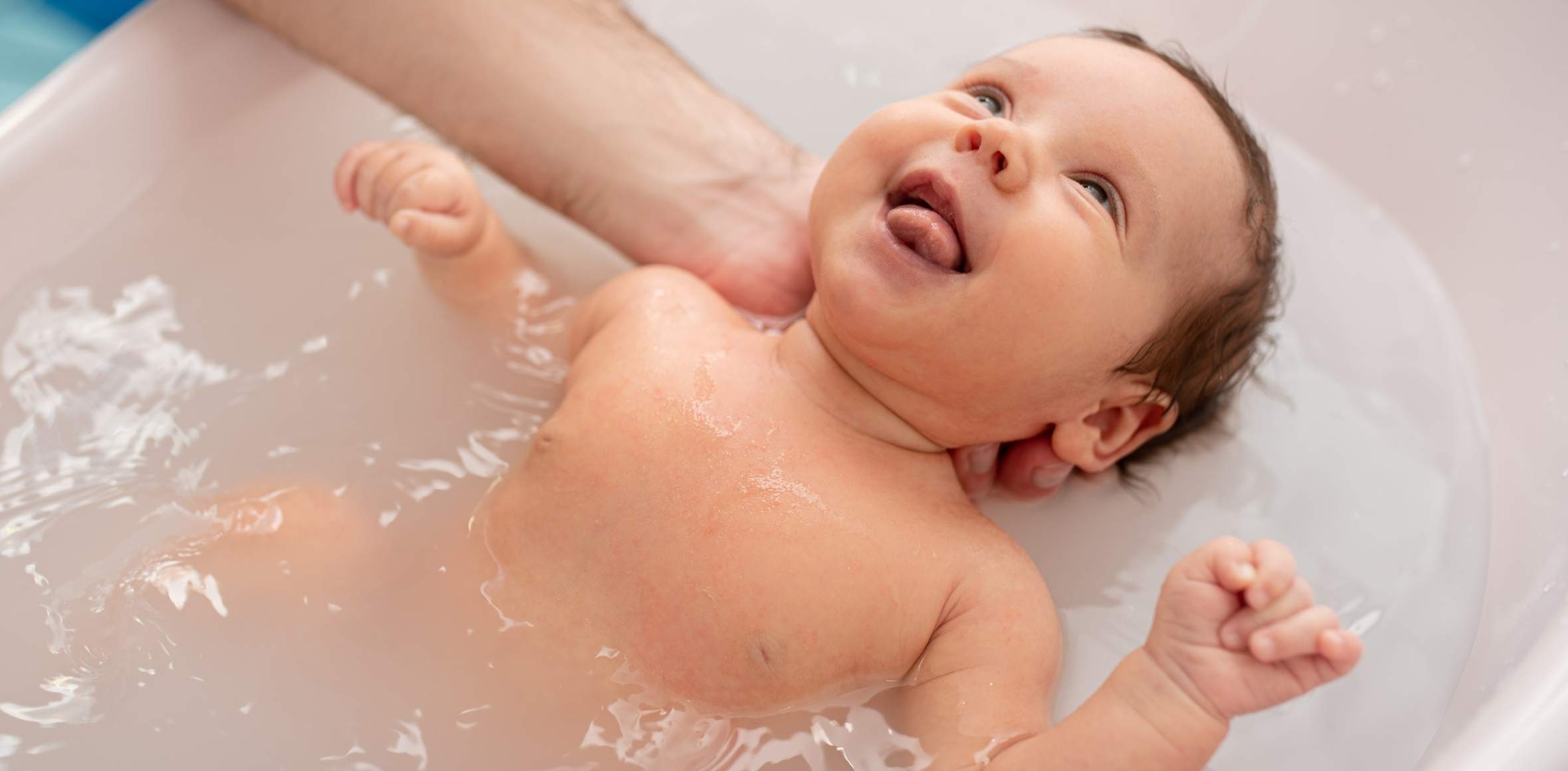
Preparations for the first bath
The bath water temperature is 36-37 °C, which can be checked with a bath thermometer. For slightly older infants, the temperature can be slowly lowered, as this reduces the washing out of skin-protecting fats during bathing and thus prevents increased dehydration. The bathing time should not be longer than 5-10 minutes.
A bathing frequency of about twice a week is recommended for otherwise healthy skin. However, more frequent bathing (up to 1 x daily) is possible.
A soft wash cloth for the face and a separate cloth for the rest of the body is recommended.
The time of day when the bath should take place can be freely chosen. In order to enjoy everything in a relaxed way, it is advisable that your child is not hungry and that you have enough undisturbed time to carry out the bath and the subsequent care. Lay out all the things you need, e.g. washcloth, extra cloth / cloth diaper if necessary, towel (possibly warmed up under the heat lamp), creams to be applied if necessary, diaper and fresh clothes for after the bath in advance. This allows you and your baby to relax and enjoy the bathing process.
It does not have to be a special baby bathtub, a laundry basket or a large sink are also sufficient. However, it is always important that the basins used are free of possible detergent residues, irritating substances or germs, i.e. that they are well cleaned.
Cleaning your baby during bathing
In the bath, the skin on the body can be carefully cleaned. Particular attention should be paid to the skin folds on the neck, behind the ears, in the armpit area and on the groin. For stronger children, also on the arms and legs. Finally, the diaper and genital area can be washed.
Baby skin care after bathing
After bathing, your baby should be dried quickly so that it does not cool down. Wrapping the baby in a dry towel and dabbing is sufficient for this purpose. Rubbing with the towel would remove protective oils from baby’s skin and is therefore unfavorable. An otherwise healthy inconspicuous baby’s skin does not always need to be creamed. If the baby’s skin is somewhat dry after the bath, it is recommended to use a suitable baby care / skin care.
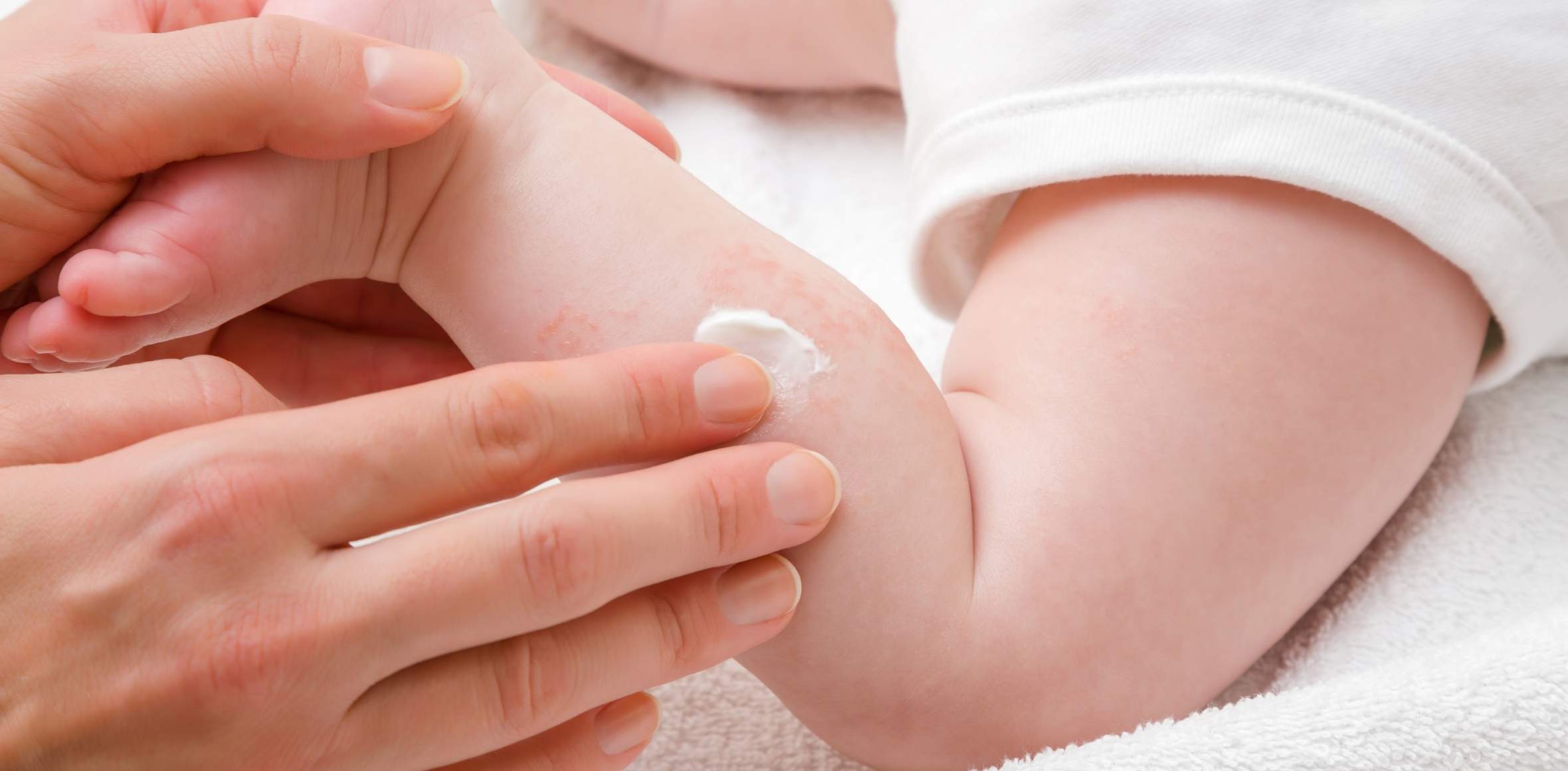
In the case of care products, care should always be taken to ensure that only necessary and high-quality ingredients are used. Among other things, the following should be avoided: higher fragrance and mineral oil content or parabens. But also herbal ingredients, e.g. from daisies, can cause problems such as contact allergy if used regularly. Antibacterial additives (unless these are additionally desired for a specific skin problem) should also be avoided in basic care and cleansing. These can have an increased irritating, allergy-triggering or barrier-damaging effect on the skin.
A good certification for this, on the basis of which parents can orient themselves in principle simply, does not exist unfortunately. However, ingredients and products that are shown to be harmless in current independent tests and evaluations can at least help to classify the very confusing market a little better.
In the case of skin cleansing products, care should be taken to ensure that they are specially formulated for sensitive infant skin.
When using care creams, the condition of the skin and the current environmental situation are always important:
- Less fat and more water in highly irritated skin reddened skin, warm-humid outdoor temperatures and often at age: first 1-2 months of life.
- Higher fat content and less water in dry irritated skin, dry-cold climate and low outdoor temperatures and more often in children who are already a little older (from 2 to 3 months of life).
Cleaning of special body areas
The face and diaper area may also need to be cleaned in addition to the twice-weekly bath. If bathing is done anyway, facial care of eyes, ears and nose can be done before the bath.
Cleaning the face of your baby
Cotton pads or soft gauze compresses, for example, can be used for cleaning. These can be dipped in lukewarm water and squeezed out.
Eyes
Often the tear duct in the eye of a newborn is still very narrow. Tear fluid collects in this way and leaves behind a yellowish crusty coating when it dries out. Clean the corner of your baby’s eye by gently wiping from the inner (nose side) corner of the eye to the outer corner. Use a new cotton pad for each eye.
Nose
Wipe around the nostril with another cotton pad to remove any crusting or leftover mucus.
Ears
Wipe behind the ear and on the outside of the ear with a new cotton ball or the water-soaked cloth used for facial cleansing. Do not put anything in the baby’s ears or nose (no wet swabs or cotton swabs). The eardrum in particular, but also the nasal mucosa, can be easily damaged.
Gently wipe your baby’s chin and neck, being careful to wipe between the folds of skin.
Gently pat your baby’s skin dry with a soft towel. Make sure that you also dry the skin in the skin folds and behind the baby’s ears.
Baby genital hygiene
Your baby’s genital area should also be kept clean.
To clean your baby’s genitals, you can again use lukewarm water and a cotton ball. If there is more dirt, you can add a small amount of a mild skin cleanser to the water. Detergents should always be washed off the skin at the end.
Cleaning your baby’s penis
Gently wash your baby’s penis and scrotum with warm water and a cotton pad. Dry your baby’s penis and scrotum by gently dabbing it with a soft towel.
The inner area of the foreskin, and the glans, do not need to be cleaned specifically, as most of the time the foreskin is still too tight to pull back. It is possible for a milky white substance (called smegma) to accumulate under the foreskin. This consists of dead skin cells and natural secretions. It is nothing to worry about. Do not try to pull the foreskin back over the glans by pulling harder. This can lead to injury and even subsequent scarring and adhesions. In the first years of life, the problem of a possibly tight foreskin usually solves itself.
Cleaning your baby’s labia
Diaper creams, sweat and secretions can accumulate around the labia and in between. As a rule, however, you need to clean the area around the labia to remove the remains of bowel movements.
Again, to clean your baby’s labia, moisten a cotton pad with lukewarm water. Hold your baby’s legs apart and gently wipe the cotton pad between the labia from the front toward the anus toward the back. Use a new cotton pad if you need to wipe again. Dry your baby’s genital area by gently dabbing it with a soft towel.
Stubborn stool residue can also be loosened with an oil or ointment beforehand and is usually easier to remove.
Sometimes girls in the newborn phase still have a slight thick milky discharge. This does not need to be removed. However, always discuss any abnormalities with your midwife and/or your pediatrician.
From time to time, the direct skin fold area in the groin, sometimes also the perianal skin or the skin around the genital area is slightly irritated in the diaper area. Here, after careful cleansing, the application of a thinly applied, soft cream containing zinc is recommended.
Diaper
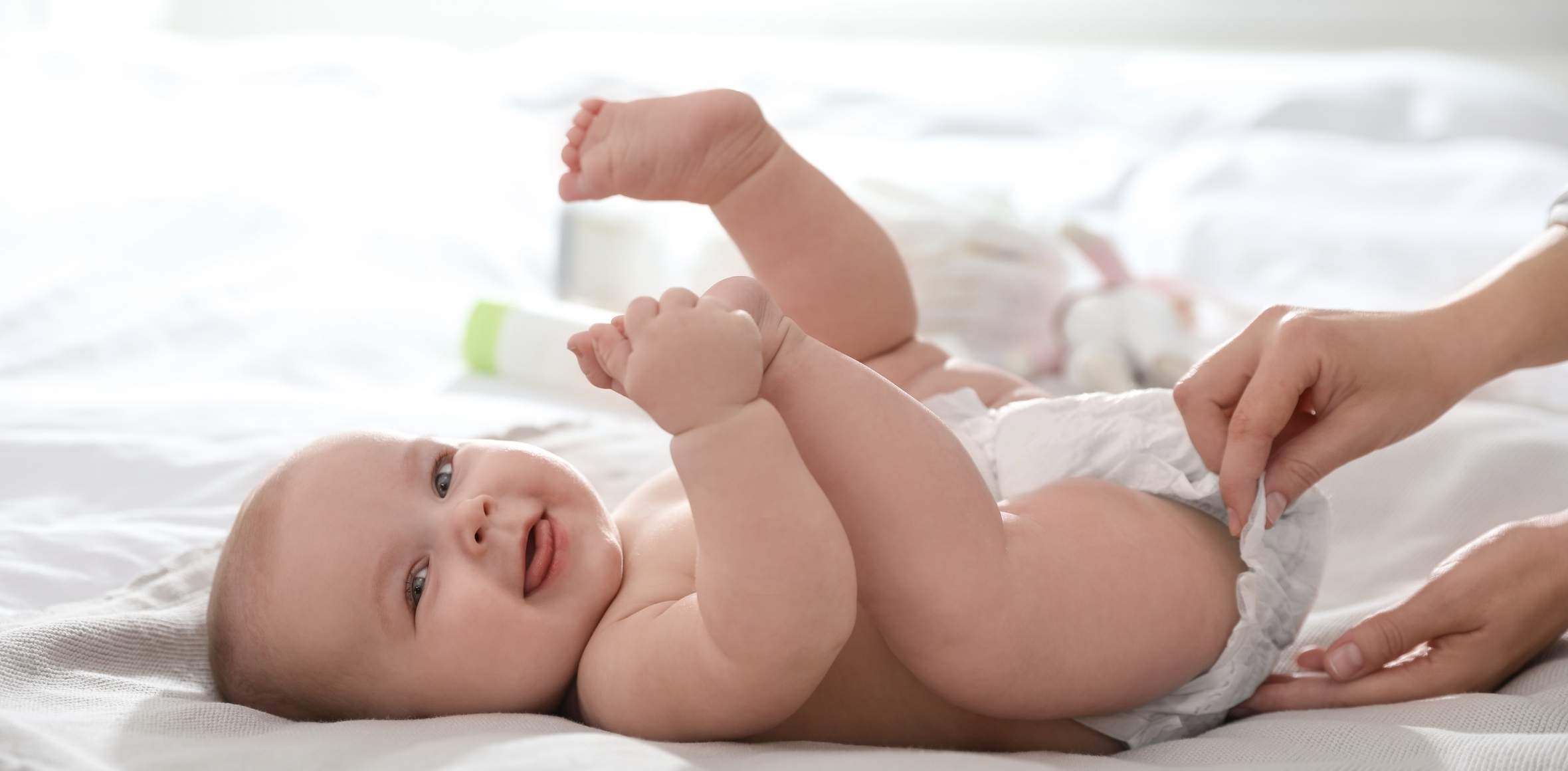
After caring for the area, a diaper can be applied. It is difficult to answer which is the best diaper. From a sustainable and ecological point of view, cloth diapers are probably advantageous, because despite a higher consumption of water for regular cleaning, the overall balance for the environment is still positive. For the skin itself, however, cloth diapers wick moisture away from the skin surface more poorly, and a combination of urine and fecal germs can cause skin irritation more quickly in this environment. In the case of healthy, inconspicuous diaper skin, this is less of an issue. However, if there is an inflammation in the diaper area, a so-called irritative-toxic dermatitis, or even a yeast infection, disposable diapers with super-absorbent properties are advantageous, as these provide better conditions for the healing process. Here, too, there are now manufacturers who use biodegradable superabsorbents and diaper components.
Even if caring for your baby doesn’t seem easy at first, you don’t have to worry about doing something wrong. Caring for and cleaning your baby will be fun for both of you and will create an even closer bond!
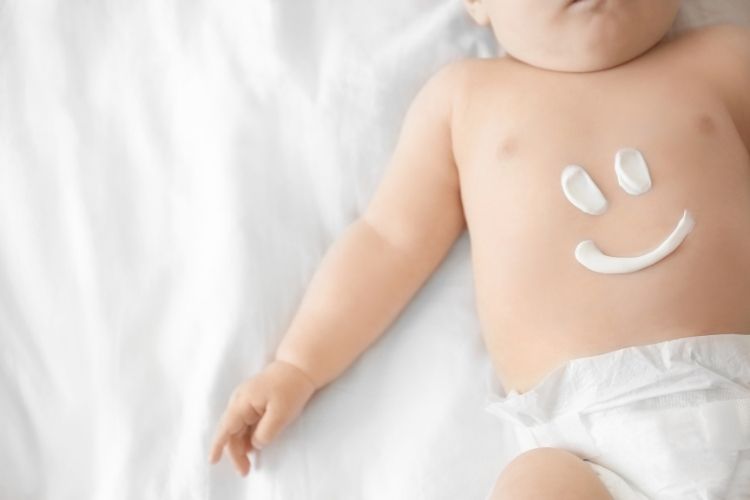

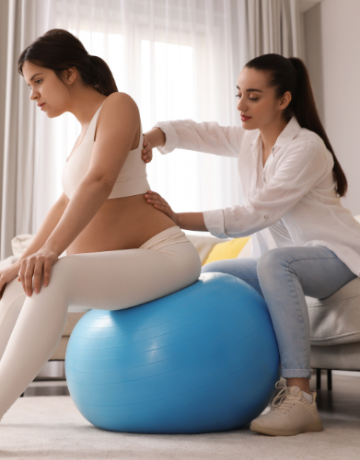
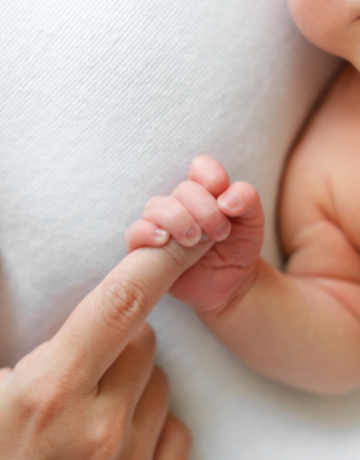
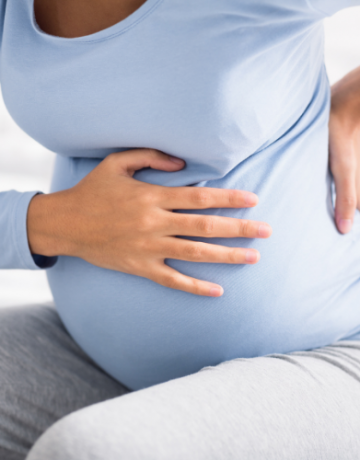

Comments (0)